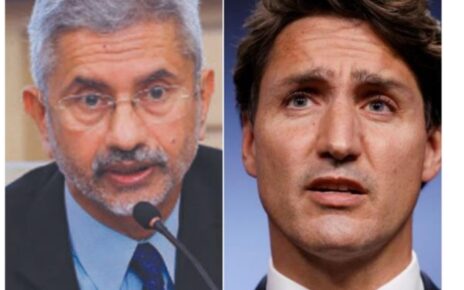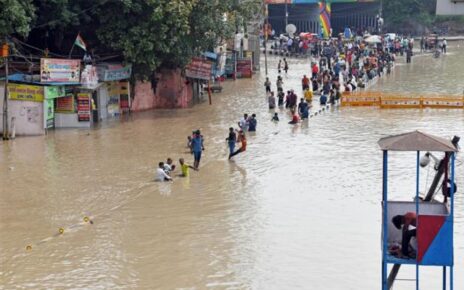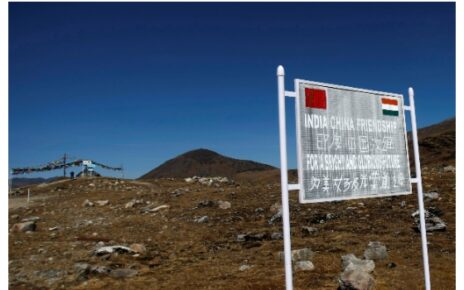Delhi Chief Minister Arvind Kejriwal on Thursday said his government is working on a war footing on a six-point action plan to clean the Yamuna by February 2025.
The chief minister said he will deliver on the promise he made before the 2019 Assembly polls to clean the Delhi stretch of the river.The six-point action plan by the Delhi government includes enhancing capacity of sewage treatment plants (STPs), in-situ treatment of large drains, crackdown on industrial waste, desilting of drains and sewage lines, connecting drains of JJ clusters with sewer line and connecting 100 per cent households in Delhi with sewage network.
“It took the Yamuna 70 years to become so polluted. The damage done in 70 years cannot be undone in just two days. I had made a promise that I will clean the Yamuna (in Delhi) by the next assembly polls and will take a dip in it along with all of you,” he said at a press conference.

“We are working on a war footing to clean the Yamuna. There are six specific action points to achieve this and I am personally monitoring the progress,” the Aam Aadmi Party (AAP) leader said.
He said the government is constructing new sewage treatment plants (STPs) as well as increasing the capacity of the existing ones and upgrading those.”This will increase our sewage treatment capacity from around 600 million gallons of waste water a day to 750-800 MGD,” Kejriwal said.He said the waste water from four major drains falling in the Yamuna — Najafgarh, Badshahpur, Supplementary and Ghazipur — is being treated in situ. The government is building new sewer treatment plants like Coronation Plant, Okhla Treatment Plant, Kondli Treatment Plant, Rithala Treatment Plant.
The city government will shut down the industries discharging industrial waste into the Yamuna, the chief minister said.The waste water in the “jhuggi jhopri” clusters flows through the storm water and drains into the Yamuna. These clusters will be connected to the sewer network, Kejriwal said.The AAP government will provide household connections in areas that have a sewer network. Earlier, consumers had to get the connections themselves.”There are a lot of areas in Delhi which have the facility of a full fledged functional sewer network.
Delhi generates around 720 million gallons of waste water a day. The 35 STPs at 20 locations across the city can treat up to 597 MGD of sewage and have been utilising around 90 per cent of their capacity.Frothing in certain stretches of the river, such as near ITO and the Okhla Barrage, has become an annual phenomenon now in winter, when the temperatures are low and the flow in the river is less.




